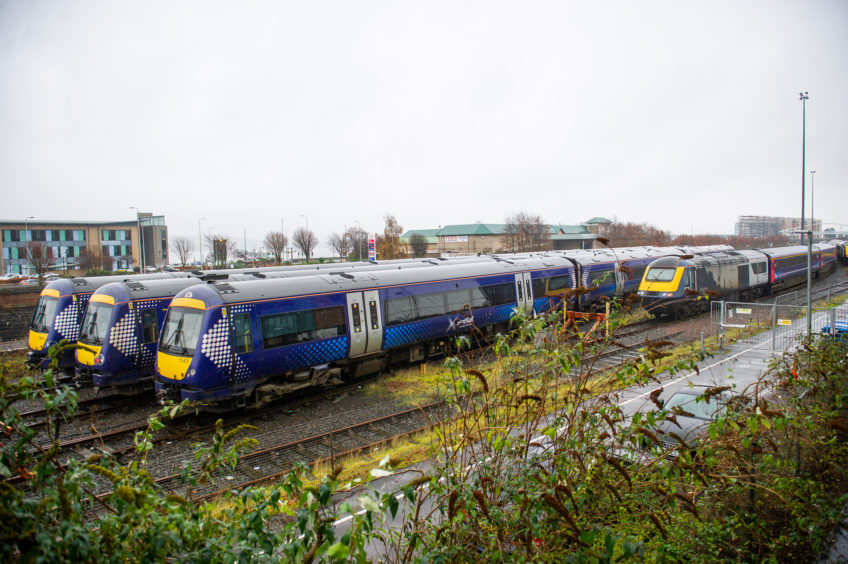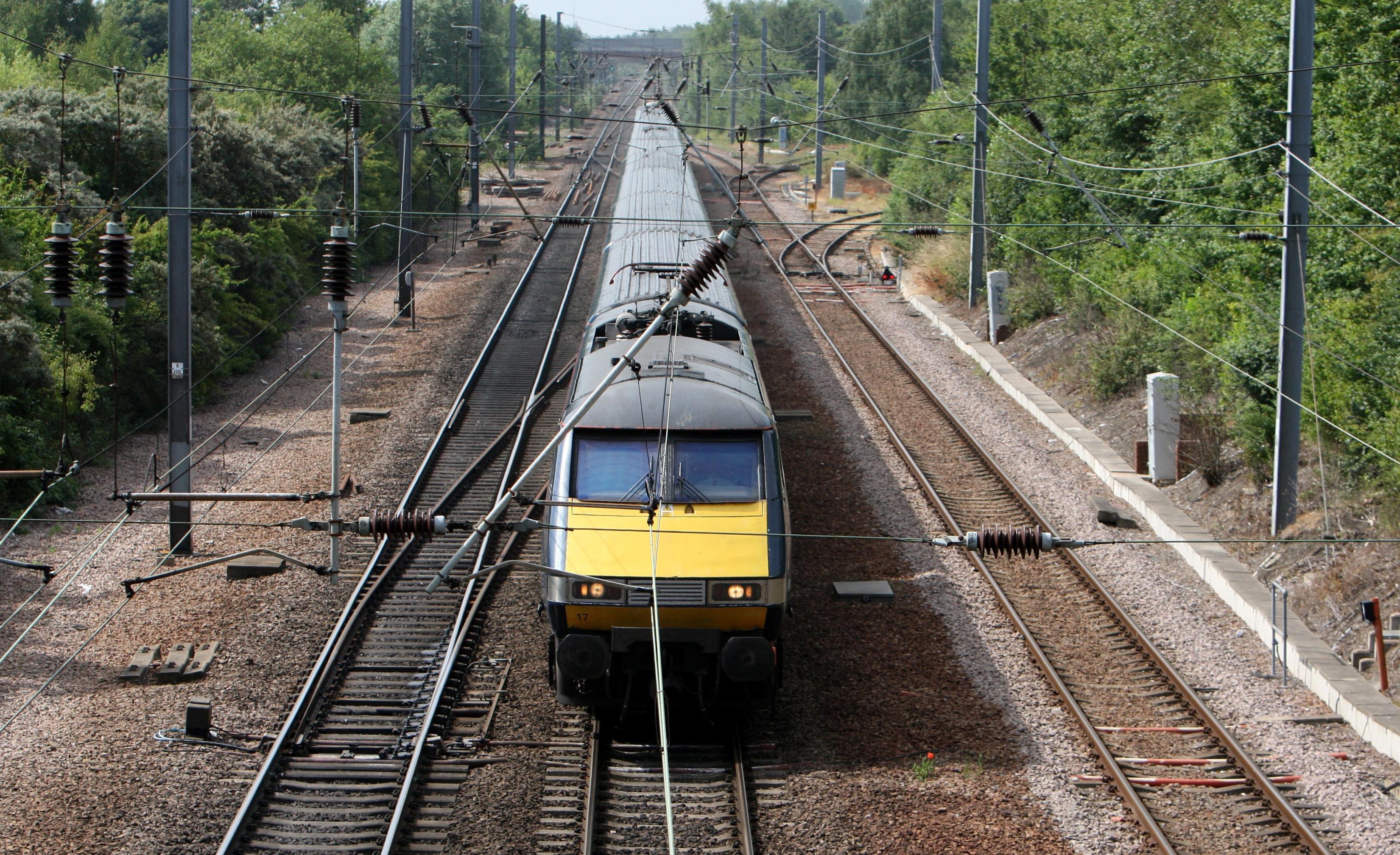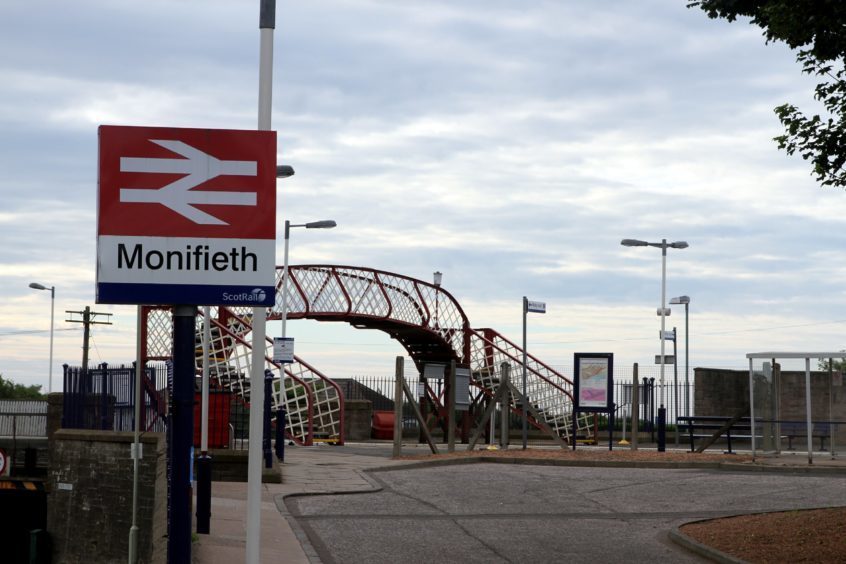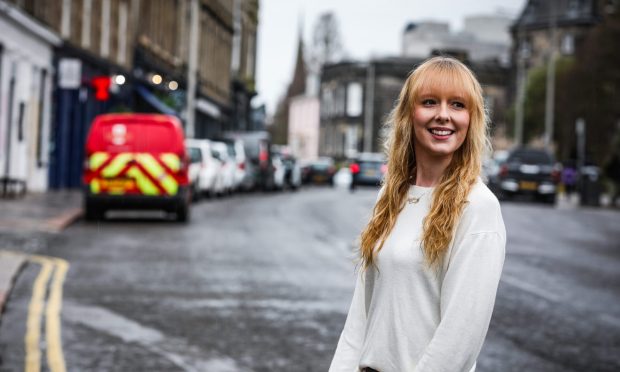Thousands of rail passengers have turned away from services in Tayside and Fife, new figures show.
The number of travellers moving through stations in Dundee, Angus, Fife and Perth and Kinross dropped 6.6% between 2018/19 and 2019/20 amid frustration with some poor performing services.
Scotrail insisted reliability was improving and said it was confident numbers would rise again as pandemic restrictions ease.
The figures, which include the first two weeks of the lockdown, were released by the Office of Rail and Road, which measures how busy Scotland’s stations are through producing the total number of entries and exits.
In Tayside and Fife, the number dropped from 10,439,420 to 9,751,258.
Journeys through Fife’s 19 stations saw the biggest fall. In 2018/19 experts recorded 6,059,782 entries and exits. That fell 9.1% to 5,508,014 for the latest complete financial year.
Numbers down in Angus, Dundee and Perth & Kinross
In Angus, the number shrunk 5.3%. It reduced from 918,836 to 870,054. Perth and Kinross stations went from 1,387,566 to 1,335,562 – a 3.7% reduction.
Journeys through Dundee and Broughty Ferry stations dropped 1.7% from 2,073,236 to 2,037,628.
Jane-Ann Liston, from campaign group Railfuture Scotland, said: “There can be no doubt that the official government advice to avoid public transport has pushed people back into private cars.
“While the numbers of those travelling to work is significantly down, the roads are as busy as they were pre-lockdown.
“According to Passenger Focus, a third of people will keep driving rather than revert to public transport even when Covid-19 is no longer a serious threat.”

She said seven stations on the Fife Circle, criticised for poor reliability, had posted falls of more than 10%.
“It is interesting that Leuchars has overtaken Dunfermline Town as Fife’s third busiest station, despite a drop of 7.6%.
“With most of Leuchars passengers actually going to and from St Andrews, this suggests that leisure passenger numbers will bear up better than commuters,” she added.
Demand fell from ‘start of March’
The hourly service between Dundee and Arbroath, introduced in 2018, contributed to substantial increases in the number of passengers moving through Broughty Ferry, Monifieth, and Arbroath stations, the figures also show.
Train operator ScotRail said it had been on course to carry its largest ever number of passenger journeys until the onset of the pandemic.
A ScotRail spokesman said: “With uncertainty around coronavirus, we actually saw demand fall from the start of March and as soon as the WHO declared the virus a national pandemic the number of passengers slumped dramatically.
“In Fife, reliability has been steadily improving towards levels which customers expect and deserve and we are confident that when customers start to travel again we will see rail demand increase quickly,” he added.











